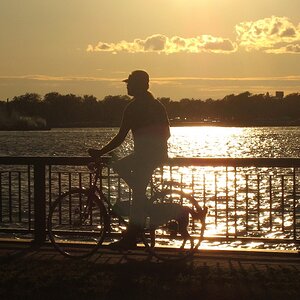- Joined
- Jul 8, 2005
- Messages
- 45,747
- Reaction score
- 14,806
- Location
- Victoria, BC
- Website
- www.johnsphotography.ca
- Can others edit my Photos
- Photos OK to edit
We could all speculate endlessly on what the issues are and what you need to change... how about posting a diagram of your lighting/shooting set-up and a couple of the images with detailed info on what you see as the issues?


 I don't think you needed to explain yourself here. Those of us who know you know this is not representative of your work.
I don't think you needed to explain yourself here. Those of us who know you know this is not representative of your work.

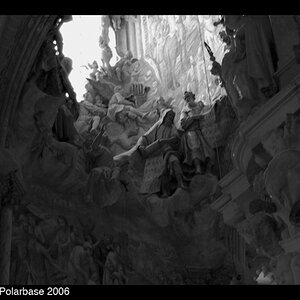
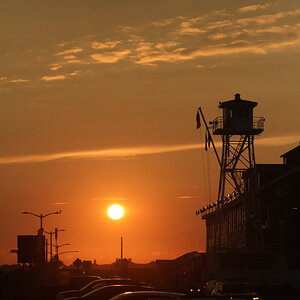
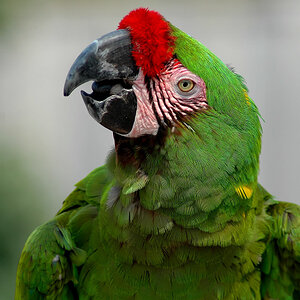
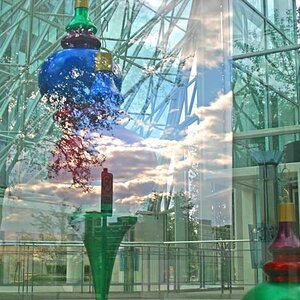
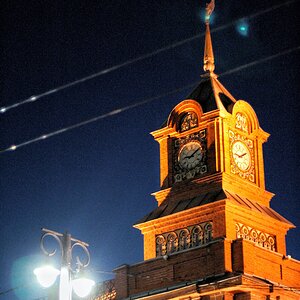
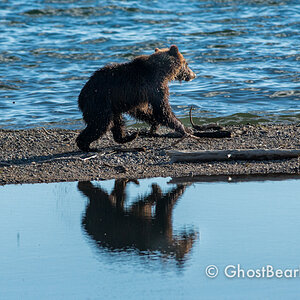
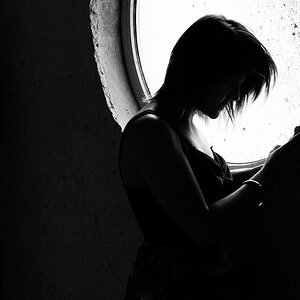
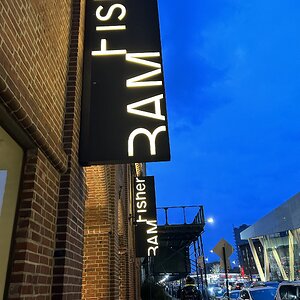
![[No title]](/data/xfmg/thumbnail/41/41896-54547e935773393100a20b8d9819f5bd.jpg?1619739935)
![[No title]](/data/xfmg/thumbnail/41/41898-2c70795ddfa6b397714acc28e3e5d36f.jpg?1619739936)
![[No title]](/data/xfmg/thumbnail/41/41895-34e19a98c1811c8d543811c45d6ca604.jpg?1619739935)
